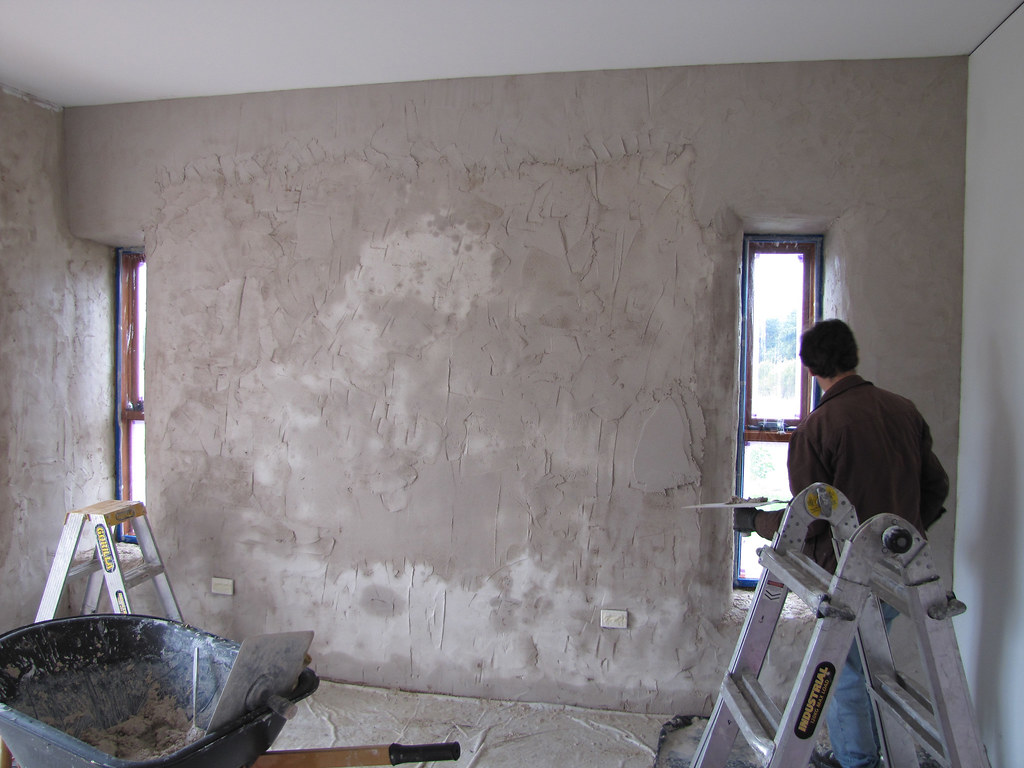Tackling an uneven wall before tiling can seem daunting, but with the right approach, you can achieve a perfectly level surface that’s ready for those dream tiles. Let’s explore the professional methods to ensure your tiling project starts with the perfect foundation.
Understanding Wall Irregularities
Before embarking on any wall levelling project, it’s crucial to understand what you’re dealing with. Uneven walls can significantly impact the final appearance of your tiled surface, potentially leading to lippage (where tile edges aren’t flush) and compromised aesthetics. According to recent industry surveys, over 65% of tiling failures are attributed to improper surface preparation, making this step absolutely critical.
Common Causes of Uneven Walls
- Structural settlement and building movement
- Poor plastering or previous renovation work
- Water damage and damp issues
- Age-related deterioration
- Improper construction techniques
Assessing Wall Condition
Start by conducting a thorough assessment of your wall. Use a long spirit level to check both horizontal and vertical planes. Industry standards recommend checking every 2 metres for variations greater than 3mm. Mark any significant dips, bumps, or irregularities with a pencil to create a visual map of problem areas.
Tools and Materials Needed
- Long spirit level (minimum 1.2m)
- Straight edge or feeler gauge
- Plastering tools (if plastering)
- Self-levelling compound
- Primer
- Trowels and mixing equipment
- Personal protective equipment
- Measuring tools
Professional Methods for Wall Leveling
The choice of levelling method depends on the severity of the irregularities and the type of wall surface. Recent studies show that professional plastering remains the most reliable method, with a 95% success rate in achieving perfectly level surfaces for tiling.
Plastering Techniques
Professional plastering provides the most durable and reliable solution for uneven walls. Start by applying a scratch coat, followed by a finishing coat. The key is maintaining consistent thickness and allowing proper drying time between coats. Modern gypsum-based plasters can reduce drying time by up to 40% compared to traditional materials.
Using Floor Leveling Compounds
- Clean and prime the surface thoroughly
- Mix compound according to manufacturer’s instructions
- Apply in thin layers, building up gradually
- Use a straight edge to ensure even application
- Allow complete curing between layers
Applying Thinset Mortar
For minor irregularities, thinset mortar can be an effective solution. Apply using a notched trowel, building up layers as needed. This method is particularly effective for variations under 12mm.
Alternative Solutions for Different Scenarios
Different wall conditions may require various approaches. Industry data shows that 30% of tiling projects require a combination of levelling techniques for optimal results.
Back Buttering Technique
- Apply additional adhesive to tile backs
- Use combing technique for even distribution
- Suitable for minor irregularities
- Combine with wall preparation methods
Tile Leveling Systems
Modern tile levelling systems can compensate for minor wall irregularities. These systems include clips and wedges that ensure tiles remain perfectly aligned during installation. Professional installers report a 40% reduction in lippage when using these systems.
Foam Board Installation
For severely uneven concrete or masonry walls, foam board installation offers a reliable solution. This method creates a perfectly flat surface while adding insulation value.
Special Considerations and Professional Tips
Every successful tiling project requires attention to detail and consideration of specific factors that could affect the final result.
Working with Different Wall Types
- Plasterboard: Check for secure fixing to studs
- Concrete: Address any spalling or degradation
- Brick: Fill mortar joints flush with surface
- Timber: Ensure adequate support and stability
Dealing with Severe Irregularities
For walls with severe irregularities exceeding 25mm, consider installing a new substrate. Professional surveys indicate that complete substrate replacement can be more cost-effective than attempting to level severely damaged surfaces.
Moisture Prevention
Address any underlying damp issues before levelling. Apply appropriate waterproofing measures, especially in wet areas. Recent studies show that 75% of bathroom tiling failures are moisture-related.
Preparing for Tile Installation
The final preparation steps are crucial for achieving professional results. Take time to ensure everything is perfect before laying the first tile.
Final Surface Checks
- Verify surface is completely level
- Check for any remaining irregularities
- Ensure proper curing of levelling materials
- Test surface bonding strength
Selecting Appropriate Tiles
Choose tiles that complement your levelling work. Larger format tiles (over 600mm) require surfaces levelled to within 2mm over 2 metres. Consider mosaic tiles for surfaces with minor remaining irregularities.
Professional Installation Tips
Follow industry best practices for installation. Maintain consistent adhesive thickness and use appropriate tools. Allow adequate curing time between stages.
When to Call a Professional
While many wall levelling projects can be DIY-friendly, some situations demand professional expertise. Consider your skill level, time constraints, and project complexity.
Complex Cases
- Structural issues requiring assessment
- Large commercial projects
- Heritage properties
- Walls requiring extensive reconstruction
Time and Cost Considerations
Professional wall levelling typically takes 2-3 days for an average room, with costs varying based on complexity. Industry statistics show that professional preparation can reduce overall project costs by up to 20% by preventing future issues.
Professional tiling requires a perfectly level surface for the best results. While some wall levelling projects can be DIY-friendly, others may require professional expertise. At Bromley Tilers, we ensure every surface is properly prepared before laying a single tile, guaranteeing exceptional results that stand the test of time. For more inspiration, check out our wall tile ideas.
FAQ
Will grout hide uneven tile?
While grout can help to minimise the appearance of unevenly installed tiles, it cannot completely hide them. If the tiles are significantly uneven or have large gaps between them, using the same colour grout may make the problem less noticeable, but it will not completely conceal it.
Do tiles have to be perfectly level?
Aim for Flat, Not Perfectly Level – Remember, you don’t need to make your floor perfectly level. Often, that’s just not realistic, especially in old homes.
Can you tile on an uneven wall?
Use small tiles If you are tiling a very uneven surface and plastering or tile backer boards are not an option, try to use small tiles such as mosaics rather than large format tiles, as these do not have any flexibility.
Can I use a thinset to level a wall?
Using thin set to fill low areas by applying it a little thicker (most times it is much thicker) as the tile is being installed, is not a good idea. In fact, most manufacturers indicate in their product literature NOT to use thin set mortar to level or flatten the floor or wall.
Sources
[1] https://www.tilesuperstore.co.uk/help-and-advice/project-guides/tiling/preparing-an-uneven-surface-for-tiling/
[2] https://www.tilersforums.com/threads/levelling-a-wall-before-tiling.89476/
[3] https://terrylove.com/forums/index.php?threads%2Funeven-wall-tiling.36465%2F



